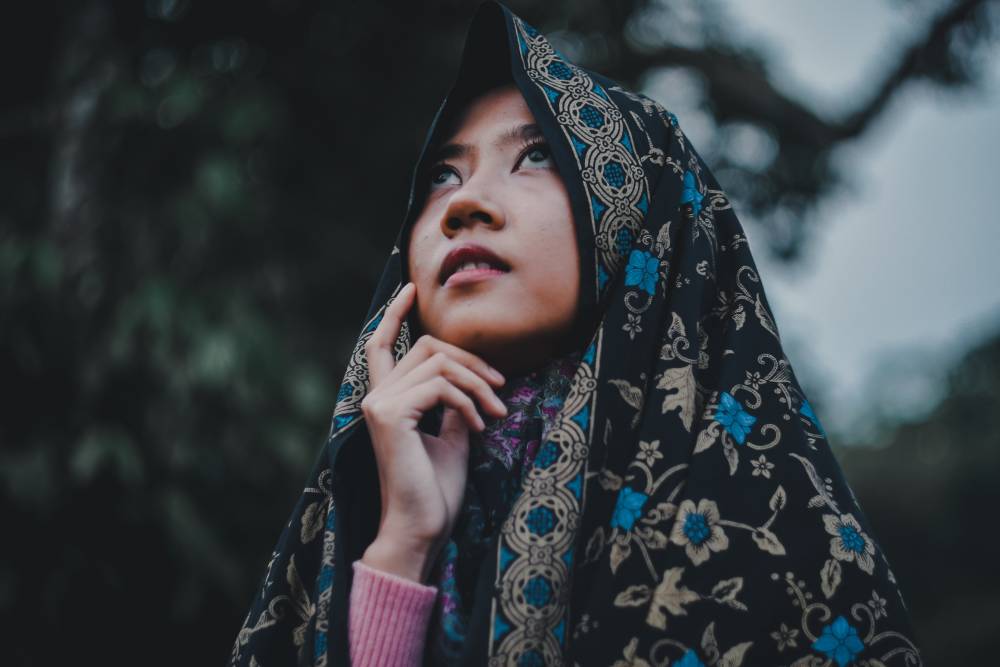
The global textile and apparel industry is very cruel, including silk production. It kills hundreds of thousands of sensitive animals every year, silkworms, to harvest silk from their cocoons.
Cocoons are killed to make silk by dropping them in boiling water when silkworms are still in their pupal stage. Silkworms are killed to preserve material quality, thread length, and value because they chew their way out of their cocoon when they become adults in nature.
Silk is widely used in the fashion industry today. It's considered a luxury and one of the finest fiber in the fashion world for thousands of years. Many apparel designers and brands use silk to make lingerie, loungewear, sleepwear, shirts, dresses, blouses, and suits.
However, the mass-farming and killing of animals are cruel and unnecessary. No animal should have to suffer to make beautiful and functional clothes. Animal cruelty has no place in modern society.
As consumers, we need to learn about how our clothes are being made and make informed purchasing decisions to reduce the impact of our wardrobe on the planet, people, and animals living on it.
The fashion industry is one of the biggest industries in the world valued at USD 2.5 trillion. Apparel production has doubled over the last 15 years to meet consumers' demand, according to recent data.
Fashion is also the second most polluting industry globally. Our wardrobe has disastrous social and environmental impacts. The overproduction and overconsumption of cheaply made clothing create massive amounts of pollution, waste, and greenhouse gases.
It's time to look deeply into the use of animals in the apparel industry to change the current catastrophic fashion system into a more ethical, sustainable, and circular one.
Panaprium is independent and reader supported. If you buy something through our link, we may earn a commission. If you can, please support us on a monthly basis. It takes less than a minute to set up, and you will be making a big impact every single month. Thank you!
Silk production is cruel

Silk production is responsible for the exploitation and killing of sensitive animals, silkworms. Silkworms are animals, like any other insects. Hundreds of thousand silkworms have to die to make silk textiles each year.
According to the Food and Agriculture Organization of the United Nations (FAO), about 168,300 tons of raw silk are produced annually. China is the largest producer of silk with 126,000 tons produced in 2014, followed by India (23,700 tons), and Vietnam (6,800 tons).
More than 5,000 silkworms are necessary to produce just one kilogram of silk, as reported by People for the Ethical Treatment of Animals (PETA). It takes up to 2,000 cocoons to make a silk dress.
Most silk is obtained from the cocoons of the larvae of the mulberry silkworm Bombyx mori. It's a caterpillar of the domestic silkmoth and a commercial species of silkworms.
Other animals such as ants, wasps, bees, beetles, leafhoppers, flies, and spiders also suffer in the silk industry. Many different insects make cocoons killed to make silk.
In nature just like many other moths, silkworms go through the same steps of metamorphosis: egg, larval, pupal, and adult. In the silk industry, however, they don't go past the pupal stage.
Silk textiles are made by spinning and weaving cocoon fibers. Larvae protect themselves during the pupal stage by constructing long threads in the inner structure of cocoons.
Silkworms chew their way out of their cocoon when they become adults. Silk manufacturers stop them to preserve fiber quality, length, and value by dropping them in boiling water in their pupal stage.
Placing silkworms and their cocoons into boiling water makes them potentially suffer and kills them. All animals deserve compassionate treatment, even insects.
Sericulture is the culture of the silkworm or silk farming. The process of reeling from the cocoon and the weaving of silk into textiles have been practiced for thousands of years since Ancient China, encouraged back in 2640 BC by the Empress Xi Ling-shi.
Like it already was centuries ago, silk production is as exploitative and cruel today. Many silkworm hatchlings also die early from starvation or dehydration in silk farms.
The disastrous impacts of silk

The commercial mass-farming and killing of animals are not only unethical but also destructive to the environment. Silk is produced in a large majority with very low social and environmental standards.
Animal products and by-products including silk used in the fashion industry involve the industrial farming of animals. It's unethical, environmentally damaging, and unsustainable.
Silkworms are domesticated, bred, and fed to maximize silk production. The global fashion industry aims to make the most profits. The welfare of animals is rarely considered.
Over several weeks, silk farmers feed caterpillars mulberry leaves to make cocoons. Cocooning begins in as little as 28 days from the time the silkworm eggs hatched, which generally takes between one or two weeks.
Mulberry plants require pesticides and fertilizers to grow but much less than other natural fibers like regular cotton.
However, the washing, bleaching, and dyeing of silk textiles involve hazardous chemicals. When released untreated into the nearby environment, they pollute the air, soils, and water sources, endangering ecosystems, and human health.
Silk production could be more environmentally friendly if it included more transparency, organic farming, low impact dyes, wastewater treatments, recycling, and relevant certifications.
Unfortunately, most silk production facilities in China and India aren't certified. They consistently produce silk textiles with very low social and environmental standards.
The silk industry also employs millions of workers and involves inhumane practices, as reported by Human Rights Watch. It makes some children work more than 12 hours a day seven days a week.
Cruelty-free silk alternatives

Instead of buying silk, choose the many animal-free alternatives available today. Cruelty-free fashion brands don't use silk in their new collections. They use some of the many vegan alternatives to silk.
Many fashion brands and retailers abandoned the use of animal products, including leather, fur, silk, and wool, to choose better alternatives under pressure from consumers and animal rights organizations like PETA.
Ethical, vegan, and environmentally friendly alternatives to silk include natural organic fibers, synthetic recycled fibers, and semi-synthetic regenerated fibers.
To get more information about eco-friendly materials, read up my list of the top 10 most eco-friendly and sustainable fabrics.
Plant-derived materials such as cotton or linen usually require lots of water, fertilizers, and pesticides. Organic farming however is more environmentally friendly and preserves natural resources.
Synthetic fibers when made from recycled materials or textile wastes such as recycled polyester or nylon are less harmful to the environment than virgin synthetics from petroleum-based chemicals or petrochemical products.
Man-made cellulosic fibers are regenerated semi-synthetics from plant-based materials and cruelty-free alternatives to silk. They include rayon, viscose, modal, cupro, and lyocell. Their production requires tons of chemicals but they can be recovered in closed-loop facilities.
Another great option is to buy second-hand clothing. It saves money, decreases pollution, and waste by reducing the demand for new clothes and keeping them away from landfills.
Was this article helpful to you? Please tell us what you liked or didn't like in the comments below.
About the Author: Alex Assoune
What We're Up Against
Multinational corporations overproducing cheap products in the poorest countries.
Huge factories with sweatshop-like conditions underpaying workers.
Media conglomerates promoting unethical, unsustainable products.
Bad actors encouraging overconsumption through oblivious behavior.
- - - -
Thankfully, we've got our supporters, including you.
Panaprium is funded by readers like you who want to join us in our mission to make the world entirely sustainable.
If you can, please support us on a monthly basis. It takes less than a minute to set up, and you will be making a big impact every single month. Thank you.





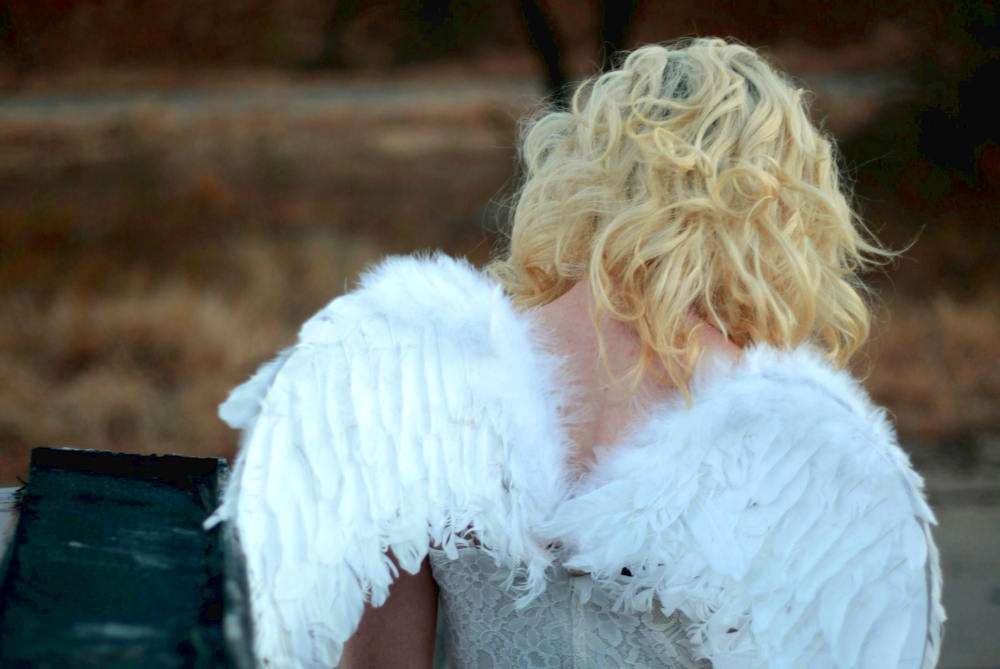














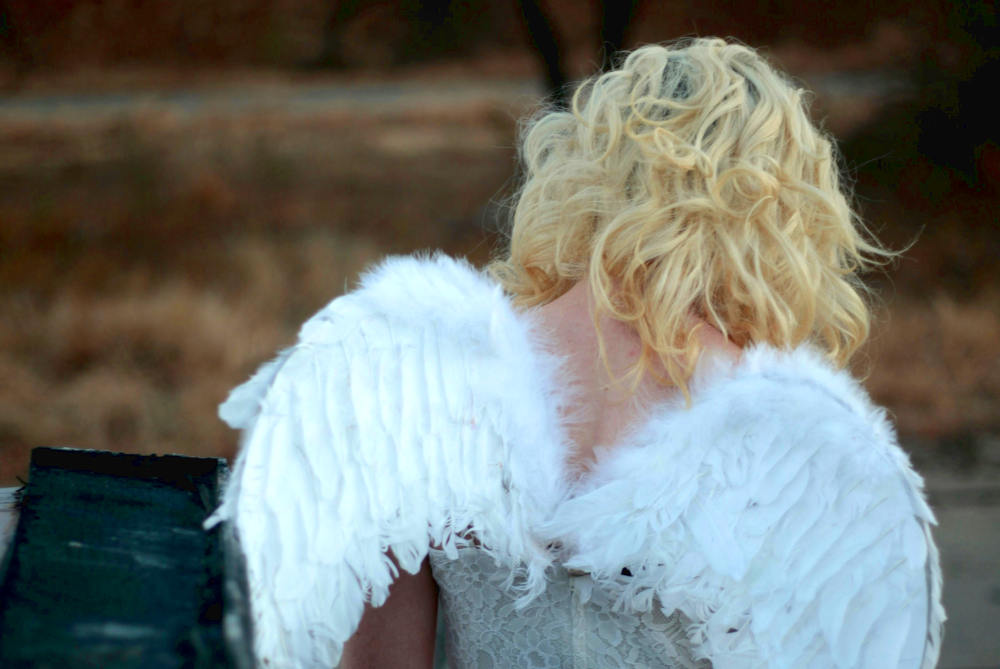
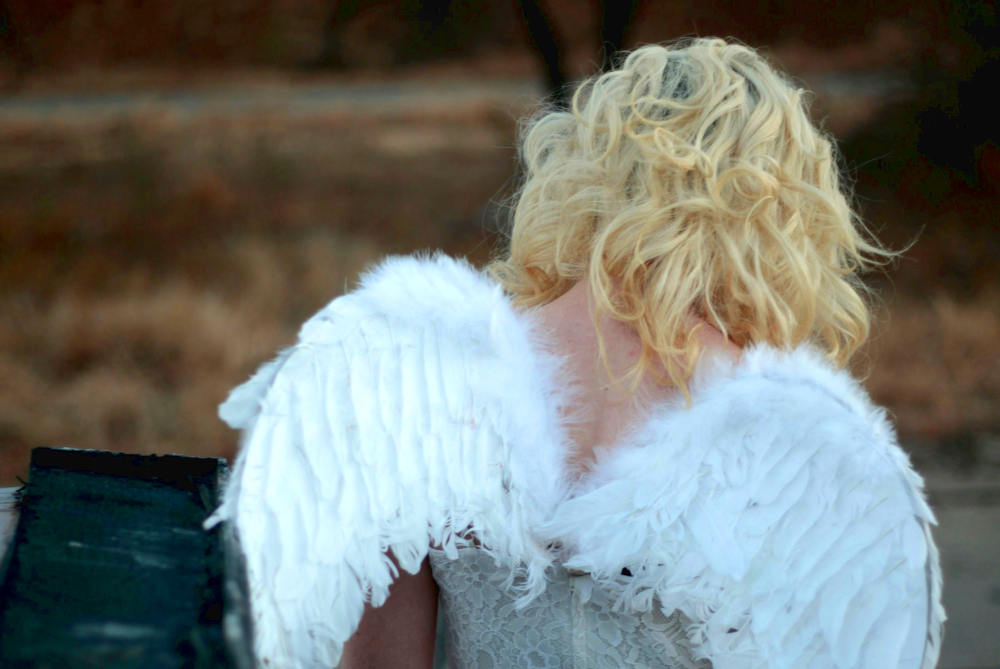
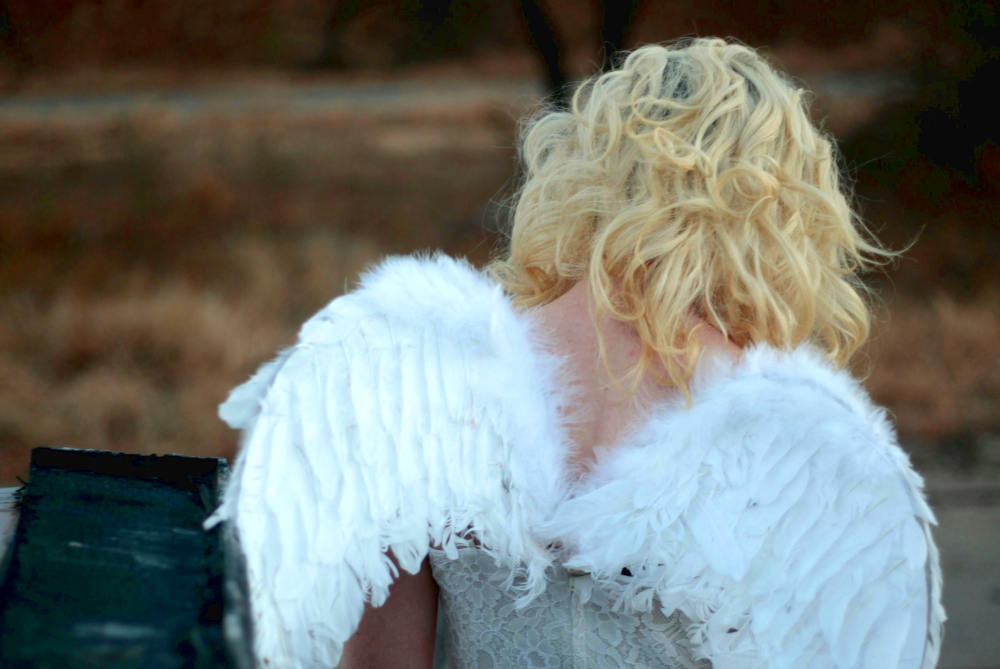
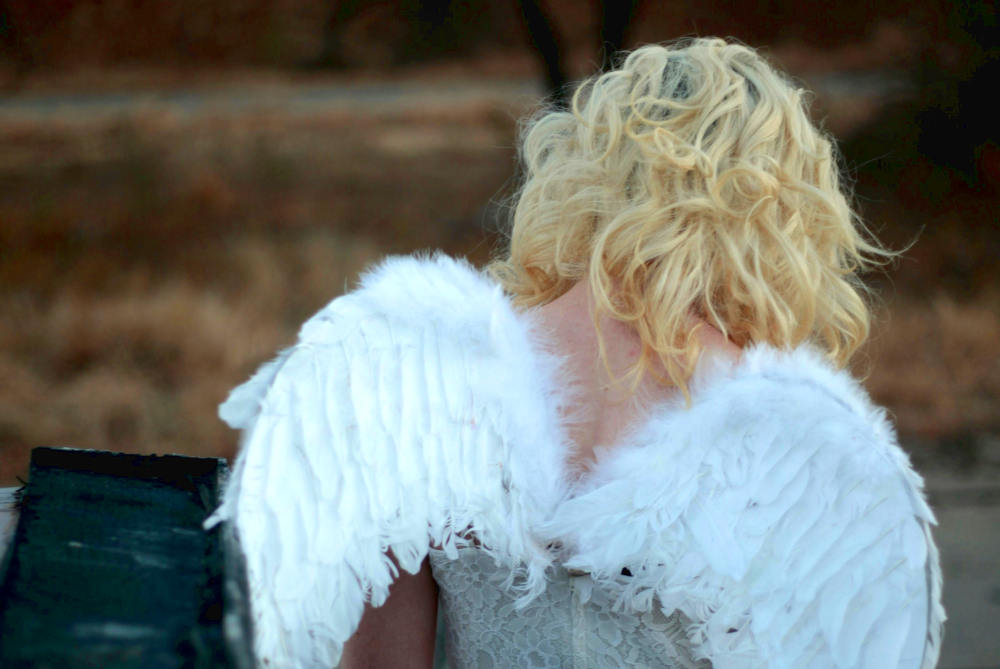







0 comments